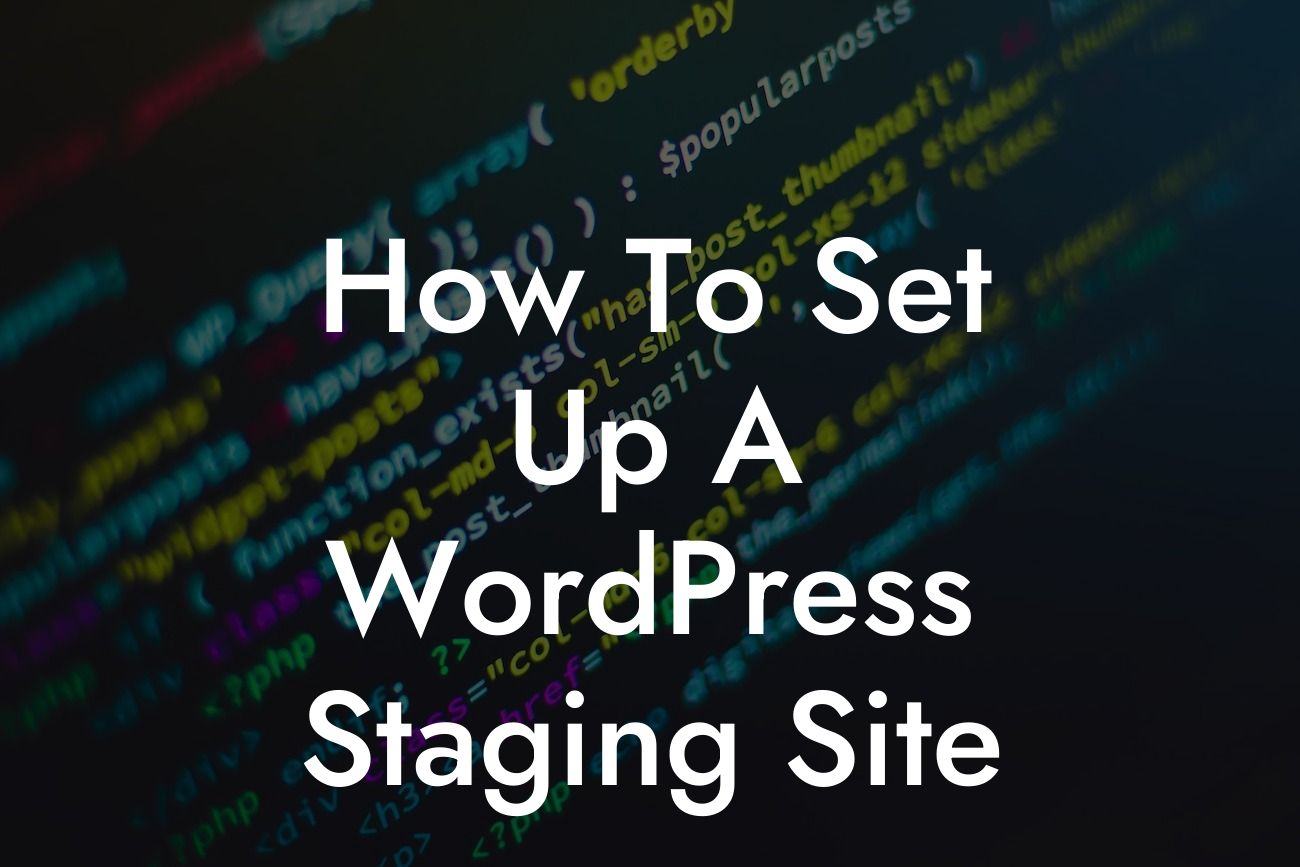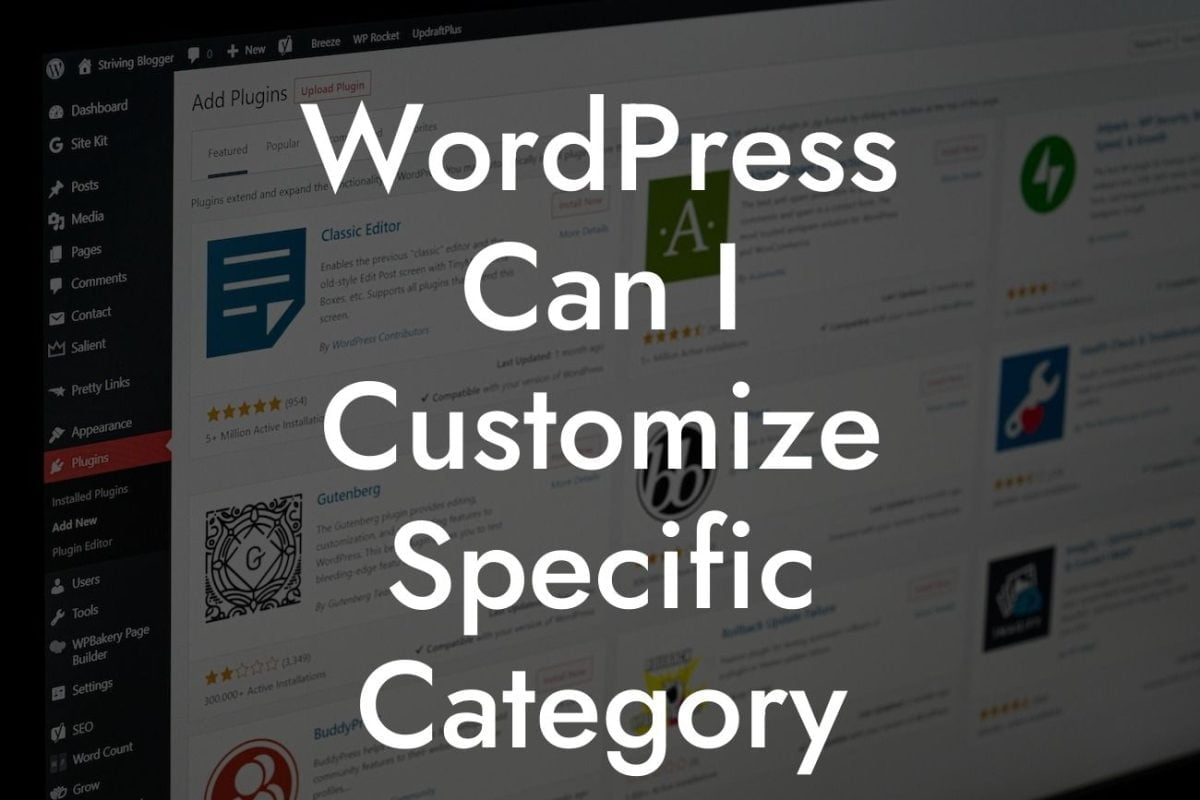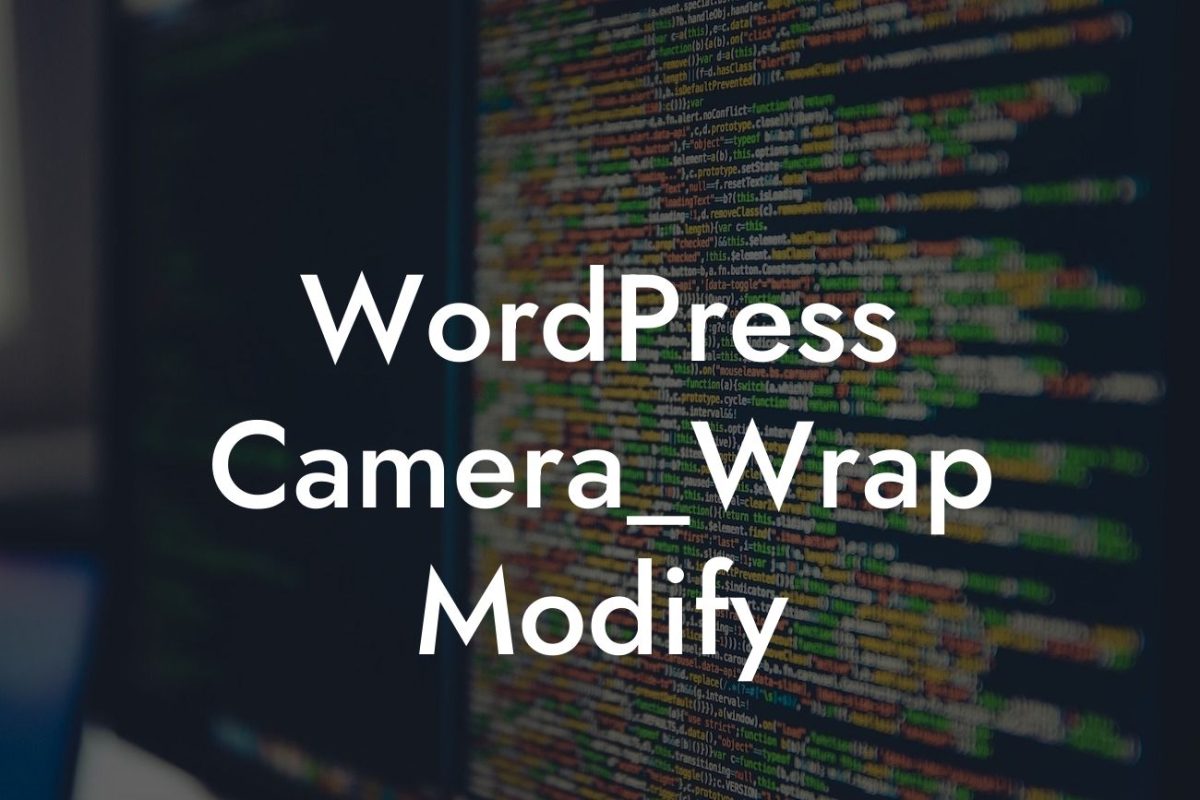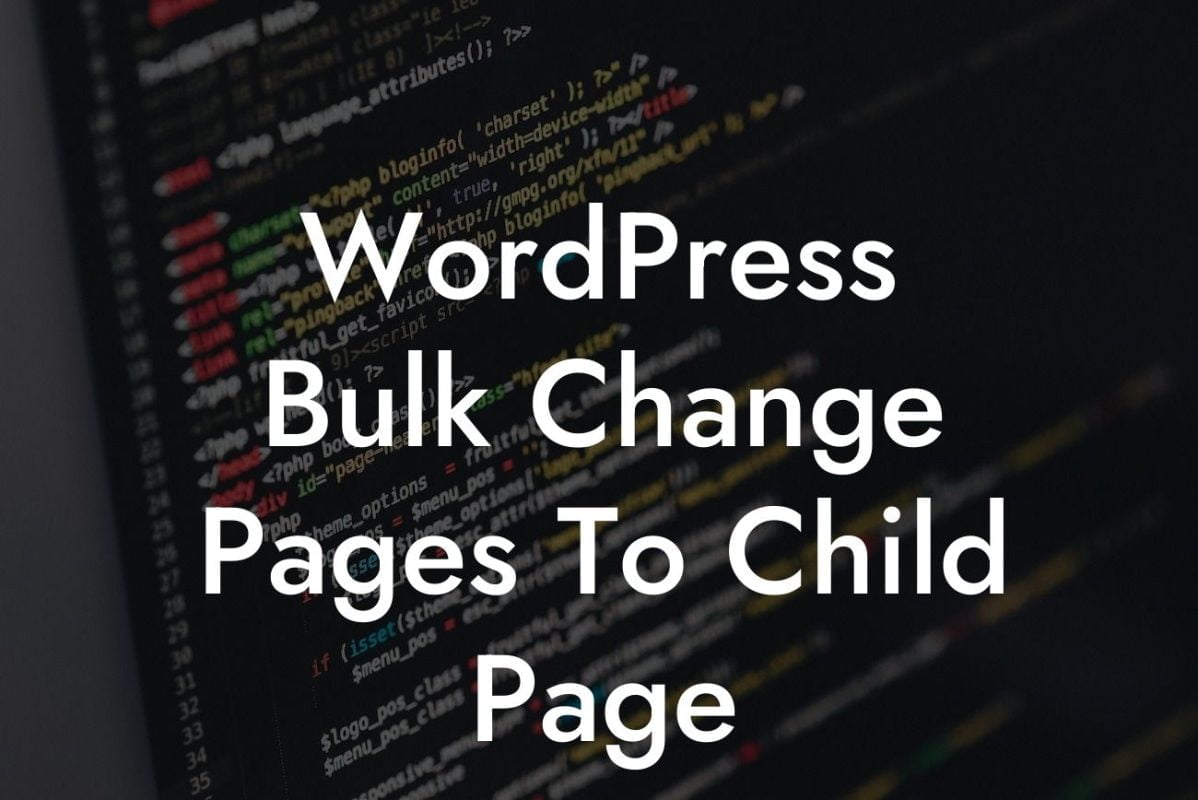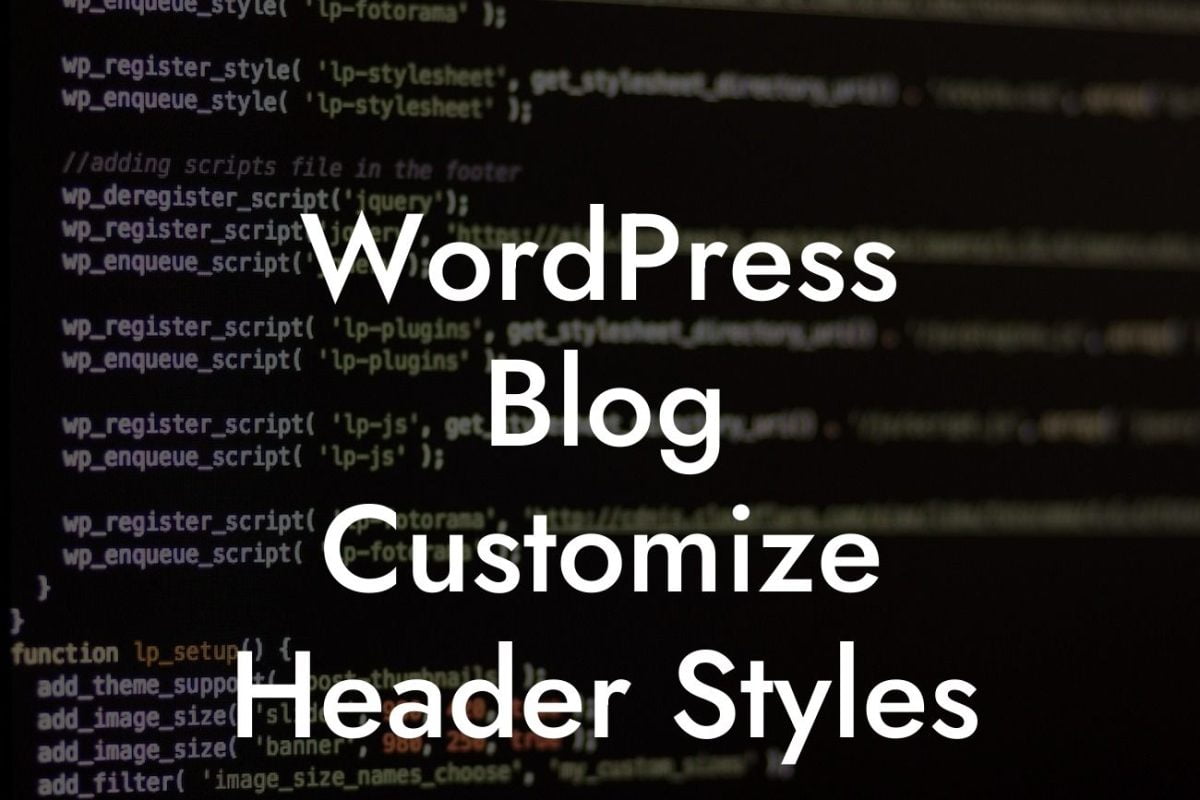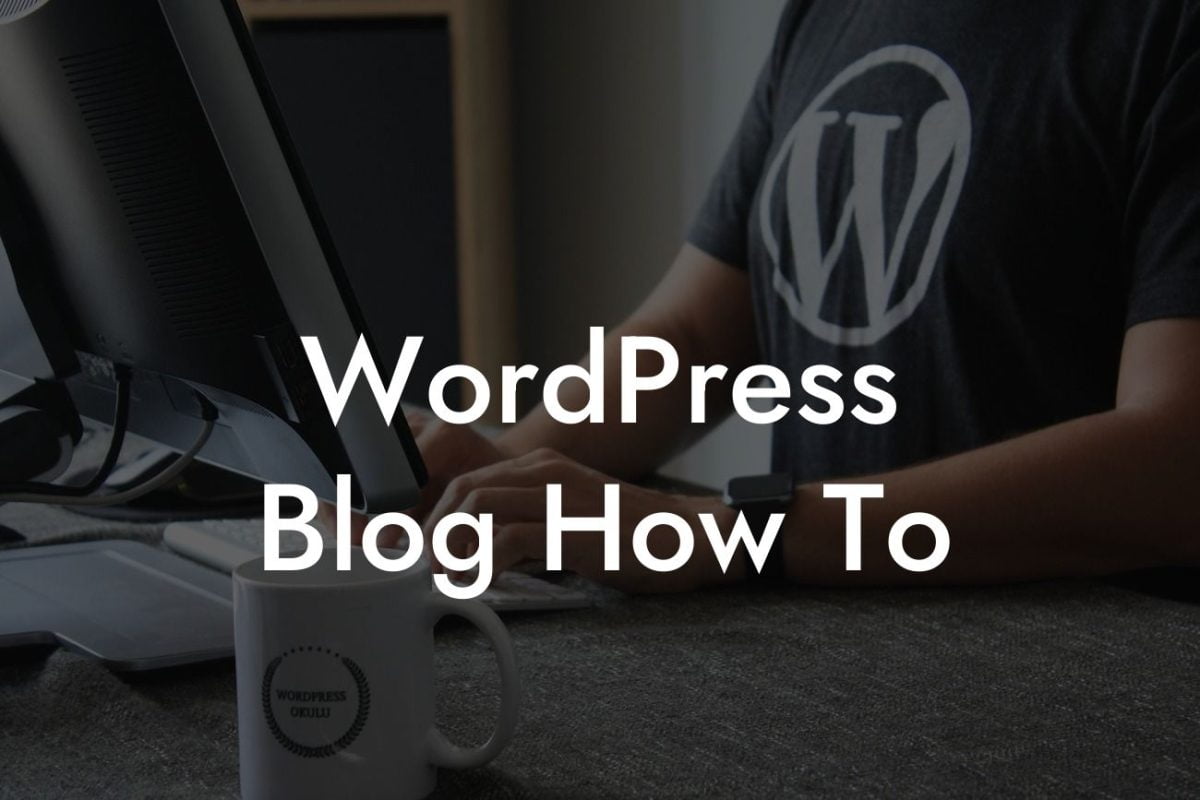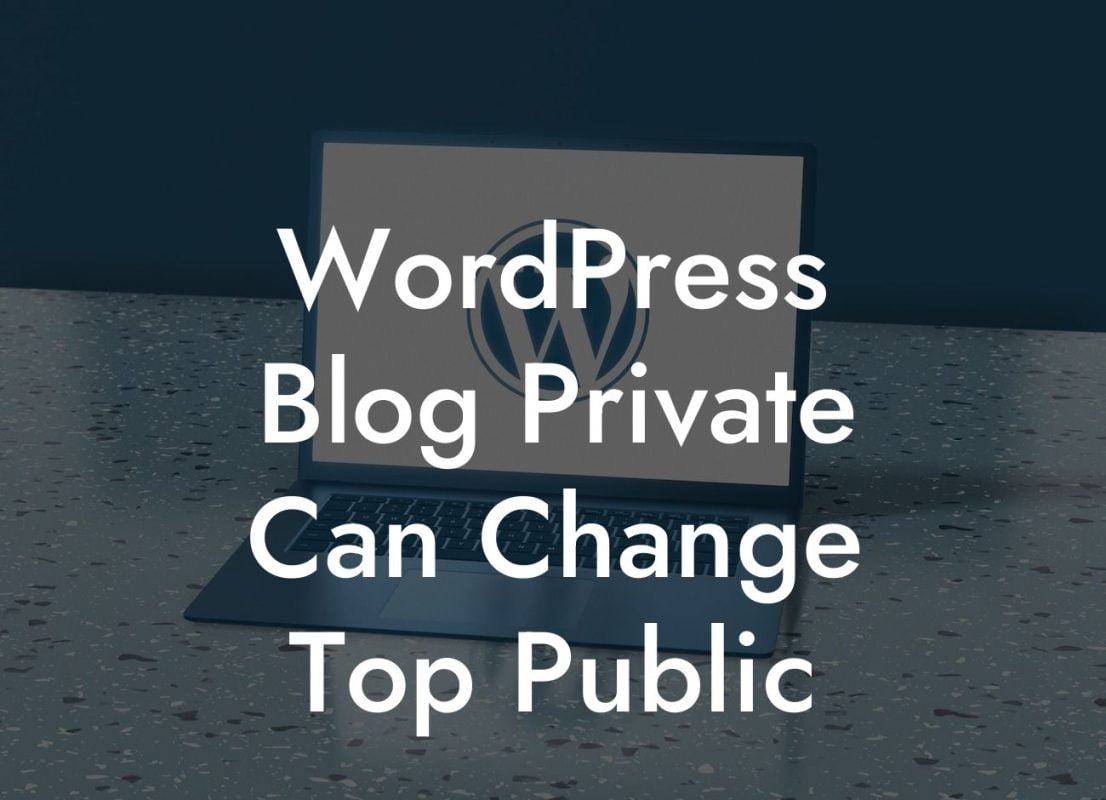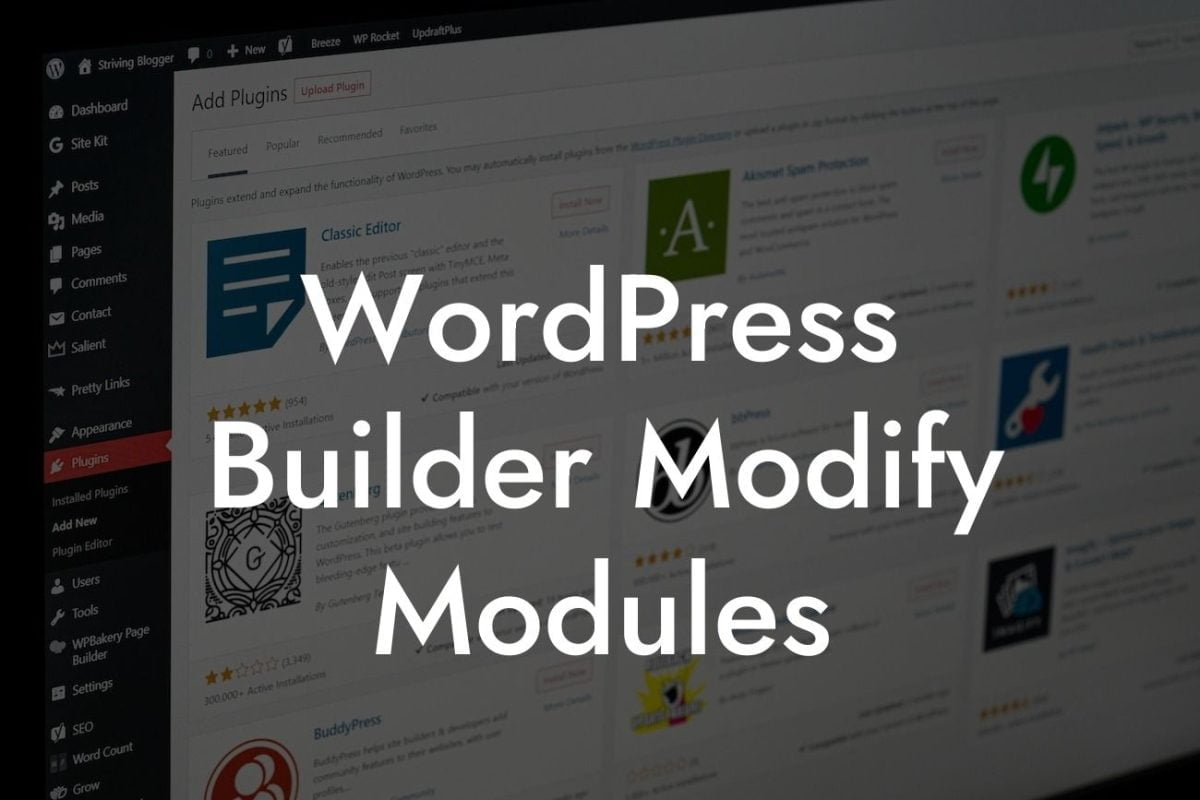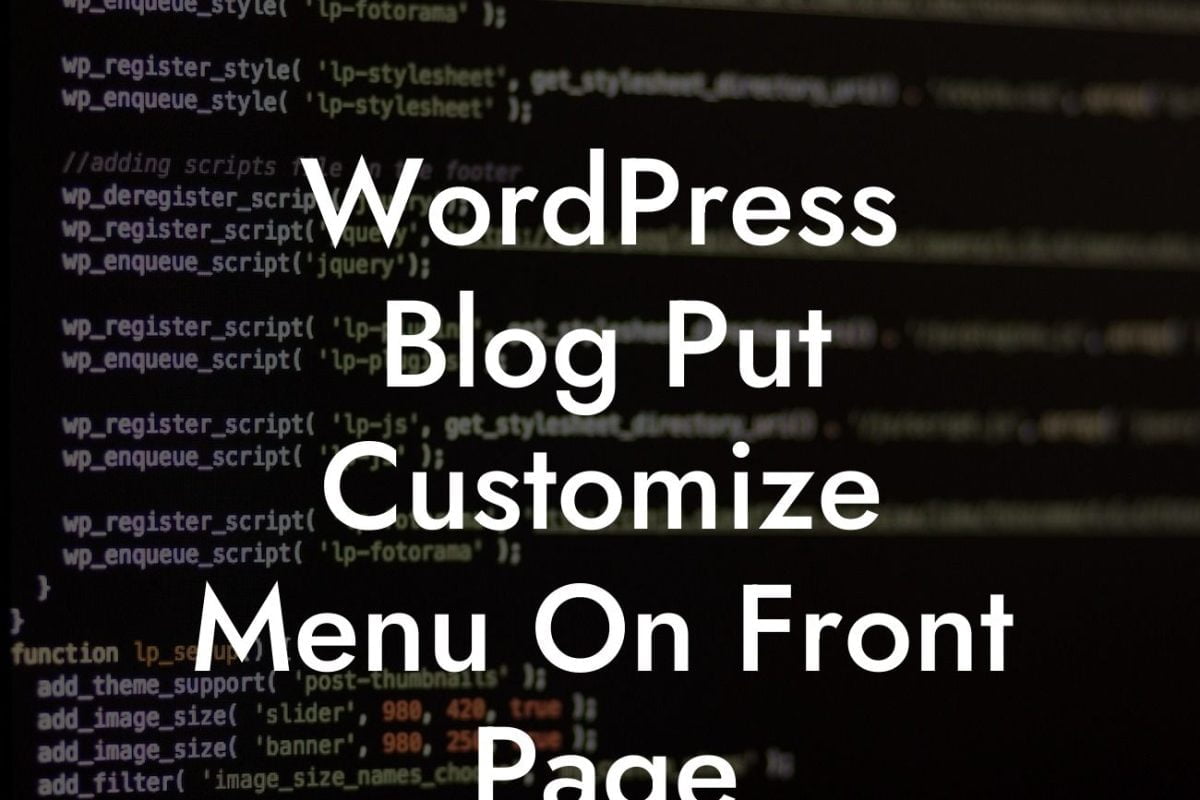Setting up a WordPress staging site is crucial for small businesses and entrepreneurs who want to ensure a seamless online experience. With a staging site, you can test updates and changes to your website without affecting the live version. In this guide, we will walk you through the process of creating a WordPress staging site, empowering you to make the necessary tweaks and enhancements before they go live. Get ready to optimize your online presence and take your website to the next level.
Creating a WordPress staging site is a straightforward process that requires a few simple steps. Let's dive into the details:
1. Choose a Staging Environment:
To begin, you need to select a suitable staging environment. There are various options available, including plugins like WP Staging, Duplicator, and WP Stagecoach. These plugins make it easy to create a clone of your site for testing purposes. Simply choose the plugin that suits your needs and install it on your WordPress dashboard.
2. Duplicate Your Website:
Once you have installed the staging plugin, it's time to duplicate your website. Use the plugin's intuitive interface to create a clone of your live site. This process may take a few minutes, depending on the size of your website. After the duplication is complete, you will have a separate staging site that mirrors your live website.
3. Configure Staging Site Settings:
Now that your staging site is ready, it's essential to configure the settings correctly. Make sure to update the URLs to reflect the staging site's domain and ensure that search engines don't index the staging site. This will prevent any duplicate content issues and keep your staging site private.
4. Test Updates and Changes:
With your staging site set up, you can now test updates and changes without any risk. Experiment with new themes, plugins, or design adjustments, and see how they impact your site's performance. This allows you to fix any issues or bugs before deploying the changes to your live site, minimizing downtime and potential user frustration.
How To Set Up A WordPress Staging Site Example:
Let's say you run an online store and want to add a new feature to your website. Instead of implementing it directly on your live site, you can test it on your staging site first. You can install the necessary plugins, set up the feature, and ensure it functions correctly. By doing so, you can gather feedback from your team or beta testers, rectify any issues, and then confidently deploy it on your live site, avoiding any disruptions to your customers' shopping experience.
Congratulations! You now have a clear understanding of how to set up a WordPress staging site. By leveraging this powerful tool, you can optimize your website's performance and enhance the user experience. Don't settle for cookie-cutter solutions – embrace the extraordinary with DamnWoo's awesome plugins. Share this guide with others who might benefit from it, explore our other helpful guides on DamnWoo, and take a moment to try one of our plugins to take your online presence to new heights.

